|
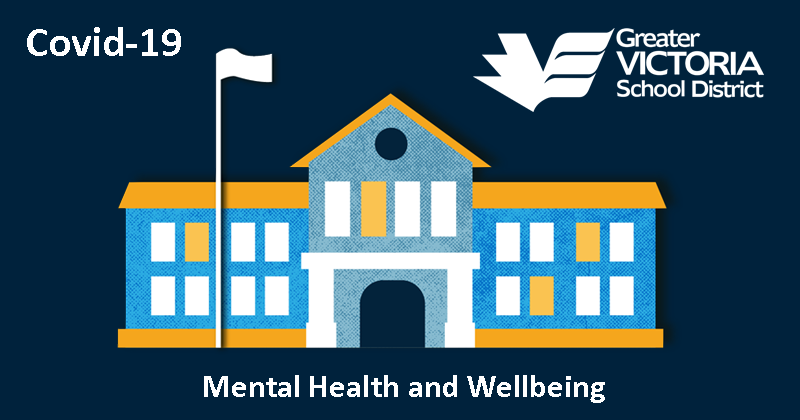
| May 11, 2020
COVID - 19
Early Learning and Elementary Snapshot
Tips for Home Learning

|
| |
|
|
|

|
The transition from classroom-based to online and other home learning was abrupt and unexpected. Parents, along with children and their teachers, are facing new challenges and opportunities. The additional parental role of "teacher" requires equal parts patience and tenacity!
It is certainly reasonable to feel frustration and uncertainty as you are thrust into this new role. The best plan is to support your kids as their loving parents first. Then, let them know you are on a learning journey together with them, and that you will no doubt make mistakes.
|
|
|
|
|
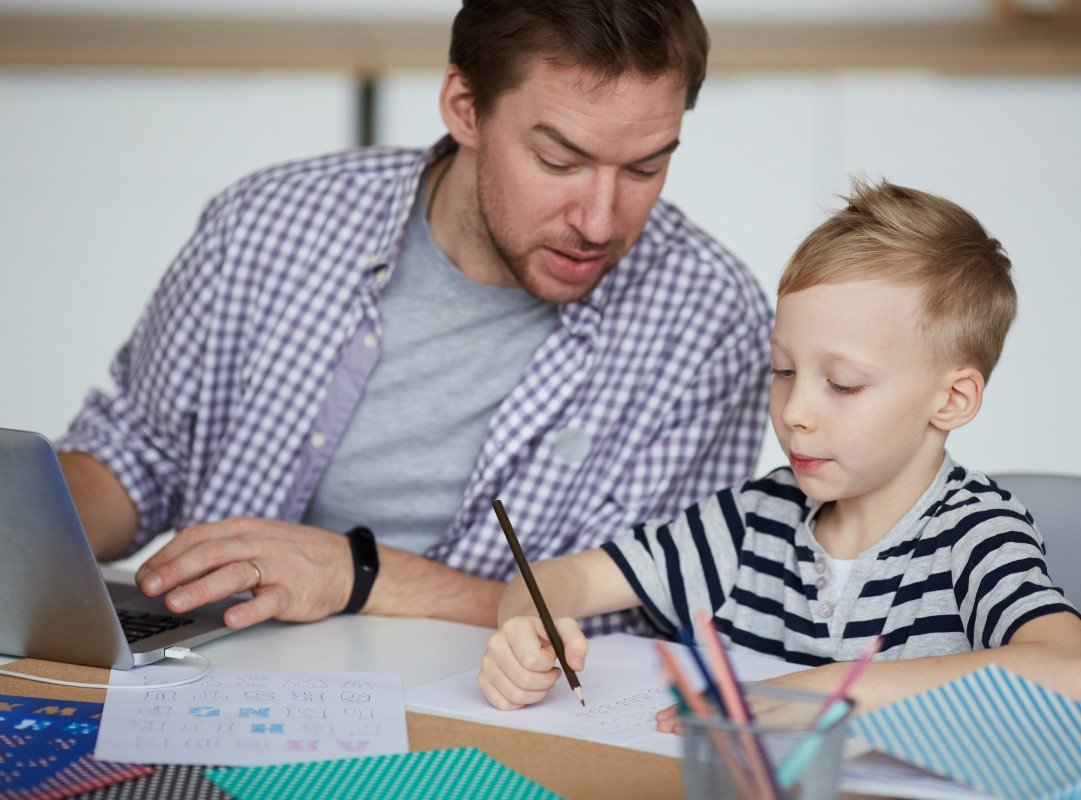 |
The task of educating students falls first on teachers to create online classrooms, lessons, and activities. But to complete those activities, parental guidance is necessary and you can help your children by being a positive force in their education. Following are some ideas to help you navigate this new frontier of home learning.
|
|
|
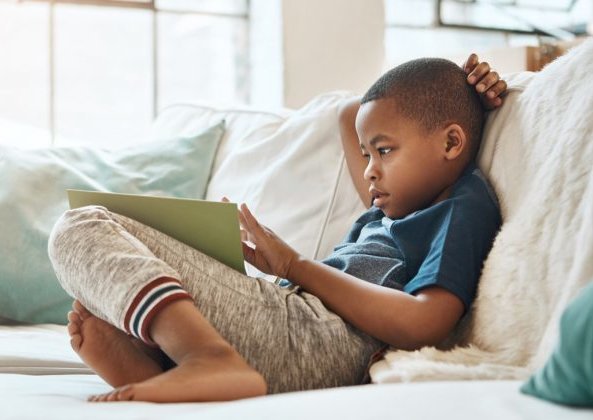
One
Flexible Learning Spaces
Flexible learning environments have become increasingly common in schools. When students can tailor their space to their work they are more engaged and productive.
Establish a few rules for what type of work occurs in different spaces, but give children choice. Your child may be at a table for math problems but move to a couch or beanbag chair to watch online instruction. Strike a balance between offering structured space and allowing your child to choose where they can learn and engage most comfortably. | 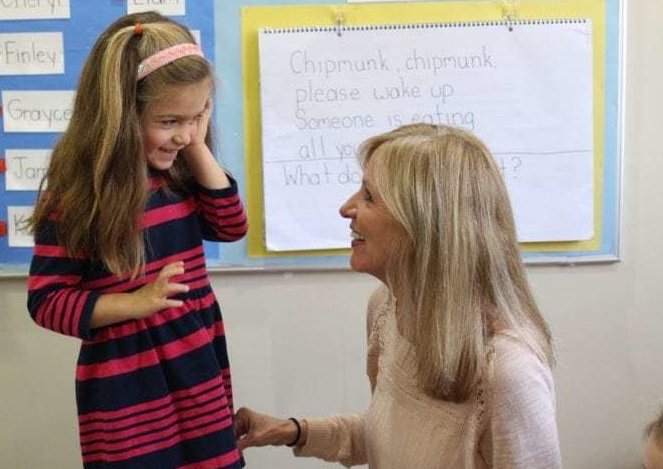
Two
Check in Every Day
Consider implementing a version of a “greeting at the door,” that teachers often use at the start of the day to check in with each student. Continue checking in throughout the day using questions such as "If you made an emoji that best represents your mood right now, what would it be?" or “What color best represents how you‘re feeling today? These can evoke more nuanced responses rather than “How are you feeling?”
|
|
|
|
|
Three
Take Several Brain Breaks
For parents and children a back-to-back schedule is overwhelming. Neuroscience supports frequent “brain breaks,” throughout the day. When brains are at rest they are still busy processing information and moving information from short-term to long-term memory. In addition breaking lessons into smaller, more manageable chunks helps children focus.
|
Four
Find a Rhythm that Works
Research says that 15 % of people are morning people, another 15 % perform best later in the day and the rest fall somewhere in between. Think about customizing schedules to your child‘s rhythm. Generally younger children perform best on analytical tasks such as math earlier in the day.
|
Five
Consolidate Learning
Effective learning requires that students recall information frequently and make new meaning of it which is called consolidation. Strategies to consolidate information include drawing, writing a verse, making a video, or active discussion about what has been learned. Teaching what you have learned to someone else is also an effective way to consolidate learning.
|
|
|
|
|
Six
Consider Passions and Play
Build in time for passions and fun. Activities like cooking or organizing offer the opportunity to develop problem-solving skills. Music, art, drawing, and dance improve language skills, mental focus, empathy, and creativity.
Don‘t forget about play. Unstructured play with few rules and lots of space for imagination gives children time to practice social-emotional skills and creative problem-solving.
|
Seven
Encourage Productive Struggle
Encourage your child to engage in productive struggle and praise them for their persistence. When children solve challenging problems (but still within their abilities) they deepen their learning. Allow your child to wrestle with problems before intervening.
You want your kids to continue to push themselves, and praising hard work is more effective for building endurance and tenacity and helps build a growth mindset.
|
|
|
|
|
Whether or not kids are aware of their mindset, research has shown that what they believe about their own intelligence can affect their effort, engagement, motivation, and achievement in school.
|
|
|
Growth Mindset A growth mindset is the underlying belief that abilities can be developed through effort and practice. Children with a growth mindset believe that ability can change as a result of effort, perseverance, and practice. They see mistakes as ways to learn, embrace challenges, and persist in the face of setbacks.
| Fixed Mindset A fixed mindset is the belief that intelligence is static, and cannot be changed. When children have a fixed mindset, they typically worry about not looking smart, get upset by mistakes, and give up sooner on tough tasks because they believe that they don‘t have what it takes to learn hard things.
|
|
|
|
|

| How Parents can Instill a Growth Mindset The way we praise our children can have a profound impact on their mindset. Research on praise and mindsets shows that when we praise children for being smart, it promotes a fixed mindset. It sends a message that their accomplishments are trait-based, and tied to something genetic.
In contrast, praising kids for working hard promotes a growth mindset. It sends a message that the child’s effort is what led them to success. Watch the video for a brief but insightful discussion on mindset.
|
|
|
| How to praise your child to instill a growth mindset!
|
|
|
|
|
|
Growth mindset activities for kids - a free 30 page printable download

|
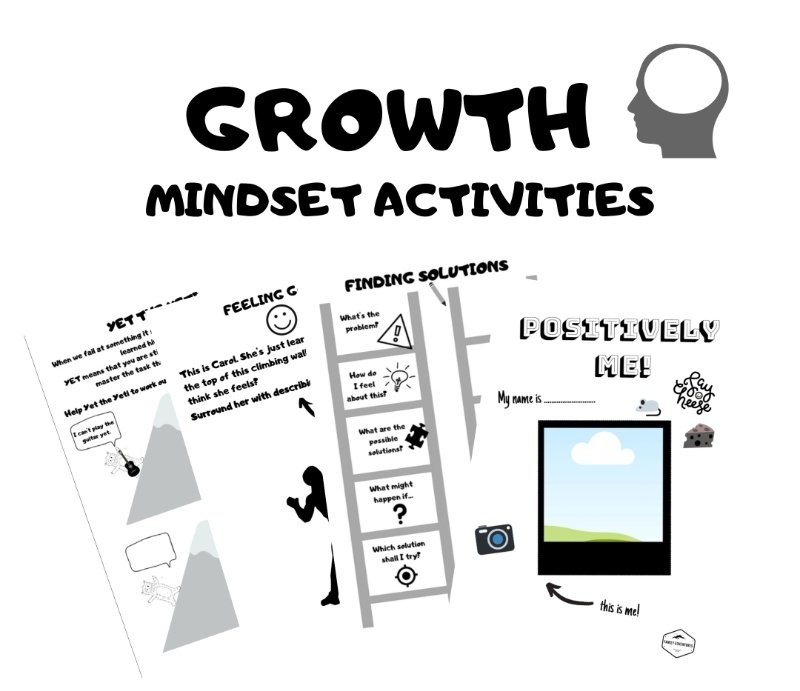
|
|
|
|
|
Click below for a comprehensive list of Community Services and their availability during the pandemic.

|
|
|
|
|
|
|
| Learning Resources for Students with Complex Needs
|
|
|
|
|
|
|
|
|
|
|
|
|